Mountain Bike Helmets
It’s time to talk about mountain bike helmets. I thought I’d provide you with a comprehensive guide to different types of mountain bike helmets so you know what to look for.
As a mountain biker, it is essential to wear the right helmet for your style of riding. And with so many helmets on the market, it’s easy to choose the wrong type. In this blog, I’ll highlight the different kinds of helmets available, the styles of mountain biking they are designed for, and the technologies and features that make them unique.
Types of Mountain Bike Helmets
Let’s get into the different types of mountain bike helmets and what they’re for:
Cross-country (XC) Mountain Bike Helmets
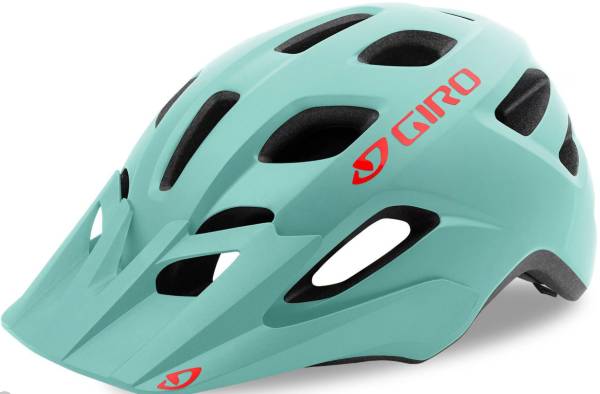
XC helmets are the lightest and most breathable type of mountain bike helmet, designed for endurance riding and racing. These helmets are generally more aerodynamic and have fewer vents to maintain speed while keeping the rider cool. XC helmets are also typically the least expensive mountain bike helmets.
This is why they are often popular among beginners and budget-conscious riders. However, they provide less coverage than other types. So if you want optimum protection, a cross-country helmet may not be the best choice for you.
Characteristics:
- Lightweight
- Fewer vents
- Aerodynamic
- Less expensive
- Designed for endurance riding and racing
Trail Helmets
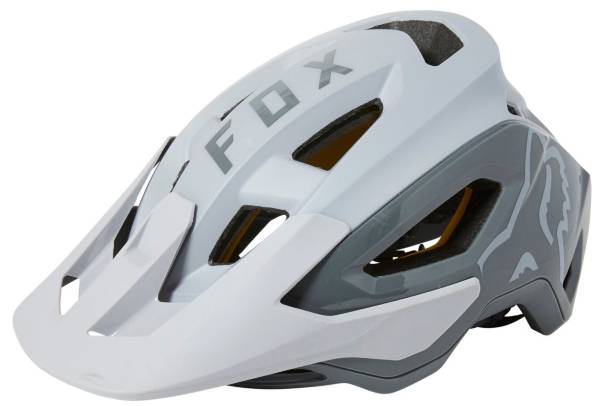
Trail helmets are the most versatile type of mountain bike helmet. They are suitable for a wide range of mountain biking styles, including cross-country and enduro riding. These helmets offer a balance between weight, ventilation, and protection, making them perfect for riders who want a helmet that can handle any trail.
Characteristics:
- Balanced weight, ventilation, and protection
- Suitable for a wide range of mountain biking styles
- Comfortable fit
Enduro Helmets

Enduro helmets are designed for aggressive and technical riding, including steep descents and jumps. These helmets offer more coverage around the back of the head and the temples, making them more protective than XC and trail helmets. Enduro helmets are also typically heavier than XC and trail helmets but provide more protection.
You can buy open-face and full-face enduro helmets, depending on your preference and the nature of the terrain you ride. Additionally, you can also buy “convertible” enduro helmets, like the Bell Super 3R. These have removable chin guards, giving you two helmets in one.
Characteristics:
- More coverage around the back of the head and temples
- Heavier than XC and trail helmets
- More protective than XC and trail helmets
- Designed for aggressive and technical riding, including steep descents and jumps
Downhill Helmets

Downhill mountain bike helmets provide the most protection of all mountain bike helmets. This is because they cover the entire head and face. These helmets are designed for downhill and freeride mountain biking, where high speeds and big jumps are common. Full-face helmets offer the most protection, but they are also the heaviest and most expensive mountain bike helmets.
Characteristics:
- Cover the entire head and face
- Provide the most protection of all mountain bike helmets
- Heaviest and most expensive of all mountain bike helmets
- Designed for downhill and freeride mountain biking
What To Look Out For When Buying A Mountain Bike Helmet
Now you know about the different types of mountain bike helmets, I’ll walk you through the features to look out for when choosing one and why they’re important.
Safety Features
The most crucial aspect of any mountain bike helmet is its safety features. Look for helmets that have been tested and certified by organizations like the Consumer Product Safety Commission (CPSC) or the European Committee for Standardization (CE). Some additional safety features to consider include:
- MIPS (Multi-directional Impact Protection System): This technology uses a low-friction layer between the helmet and head to reduce rotational forces that can cause brain injuries during an angled impact.
- Impact-resistant materials: The helmet should be made from high-quality materials that can absorb impacts and protect your head from injury.
- Extended coverage: Helmets with extended coverage around the back of the head provide added protection in the event of a crash.
Fit and Comfort
A helmet that doesn’t fit properly is as good as no helmet at all. It’s essential to try on different helmets to find one that fits snugly but comfortably. Look for helmets with adjustable straps and a dial-fit system, so you can fine-tune the fit to your head. A well-fitted helmet should be snug but not too tight and should not move around when you shake your head.
If you buy a helmet online that doesn’t fit properly, send it back. Don’t suffer in discomfort, and don’t risk an ill-fitting helmet.
Ventilation
Mountain biking can be a sweaty sport, so look for helmets with ample ventilation to keep you cool and comfortable during long rides. Vents should be strategically placed to allow for airflow without compromising the helmet’s safety.
Technologies
There are several technologies available in mountain bike helmets that can enhance their safety and comfort. Some of the most popular include:
- MIPS: As mentioned earlier, MIPS technology can reduce rotational forces during angled impacts.
- Giro’s Roc Loc fit system: This allows for a customizable fit and is found in many Giro helmets.
- Bell’s Float Fit System: This system offers a comfortable and secure fit with minimal bulk.
- Koroyd: This new technology uses a unique honeycomb structure to absorb impacts and improve ventilation. You can find this in the Endura MT500 mountain bike helmet.
Final Thoughts On Mountain Bike Helmets
In summary, choosing the right mountain bike helmet requires careful consideration of safety, fit and comfort, other features and riding style. Remember, the most important aspect of any helmet is its ability to protect your head from injury, so don’t skimp on safety features. And always be sure to try on several helmets to find the right fit for you.
If you have any questions or thoughts, please leave them in the comments section below. Happy riding!
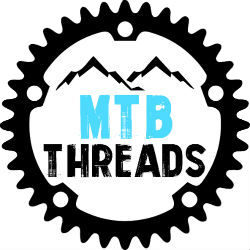
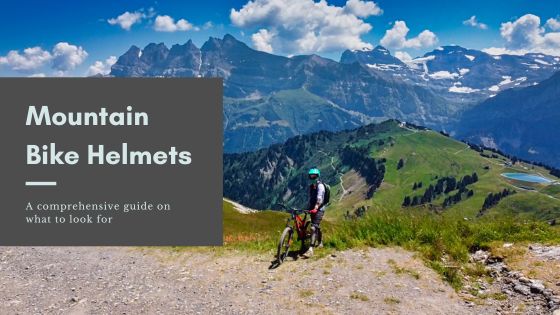
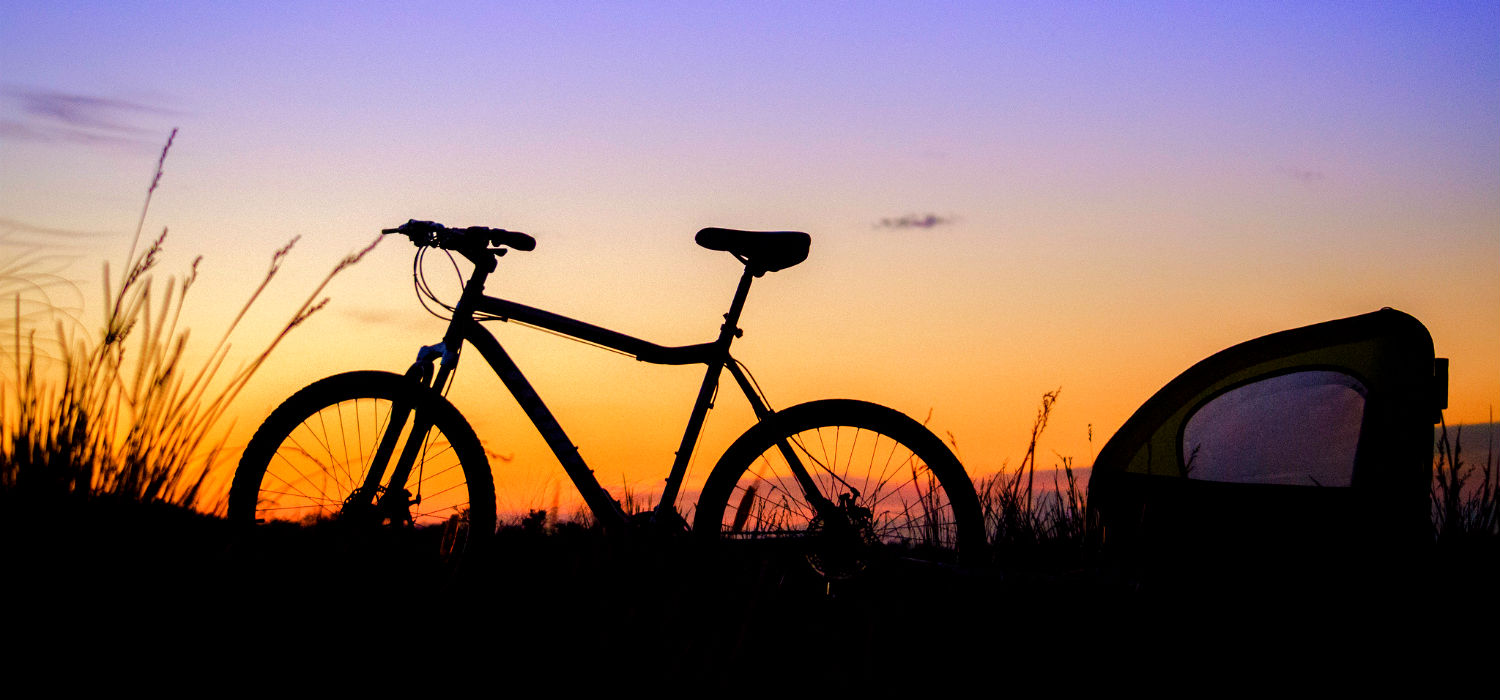

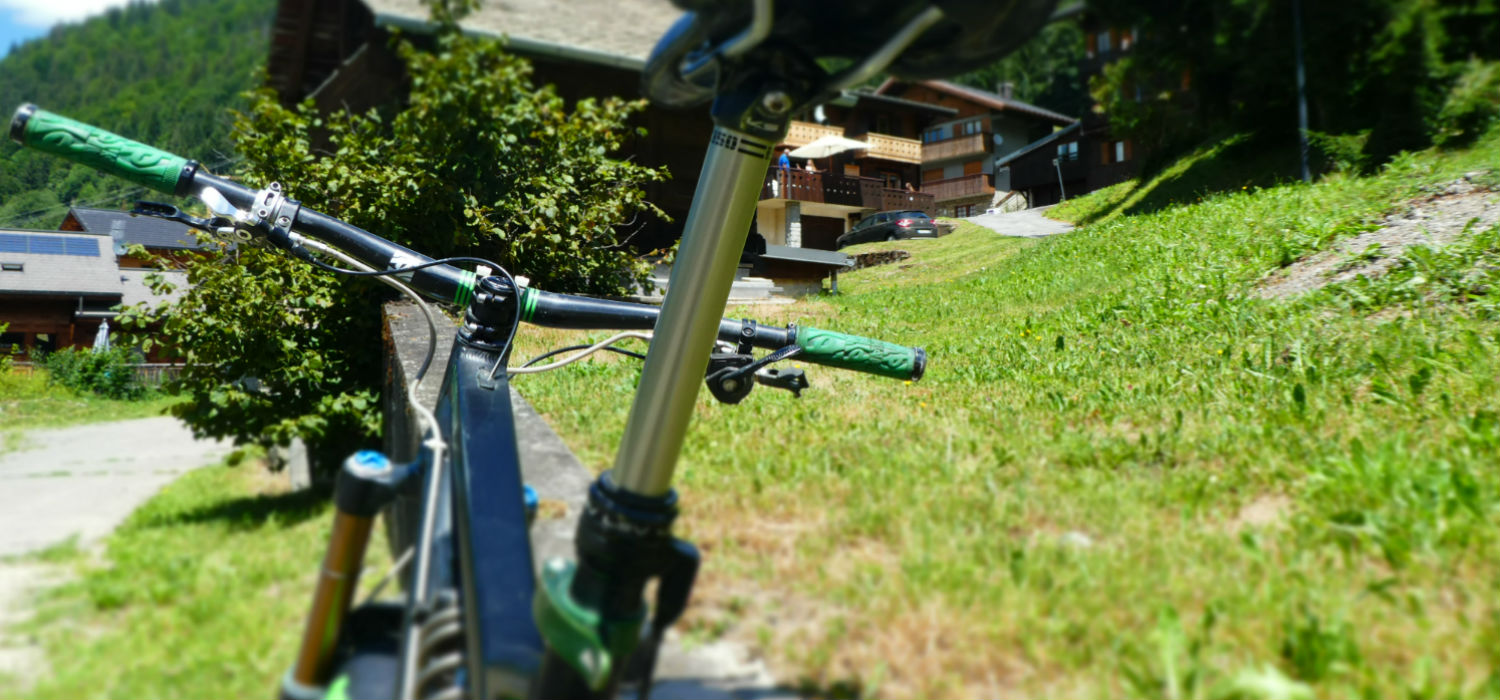
Pingback: Beginner Mountain Bike: Everything You Need To KNow -